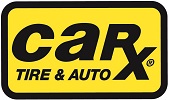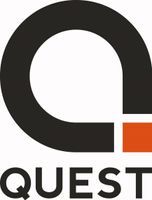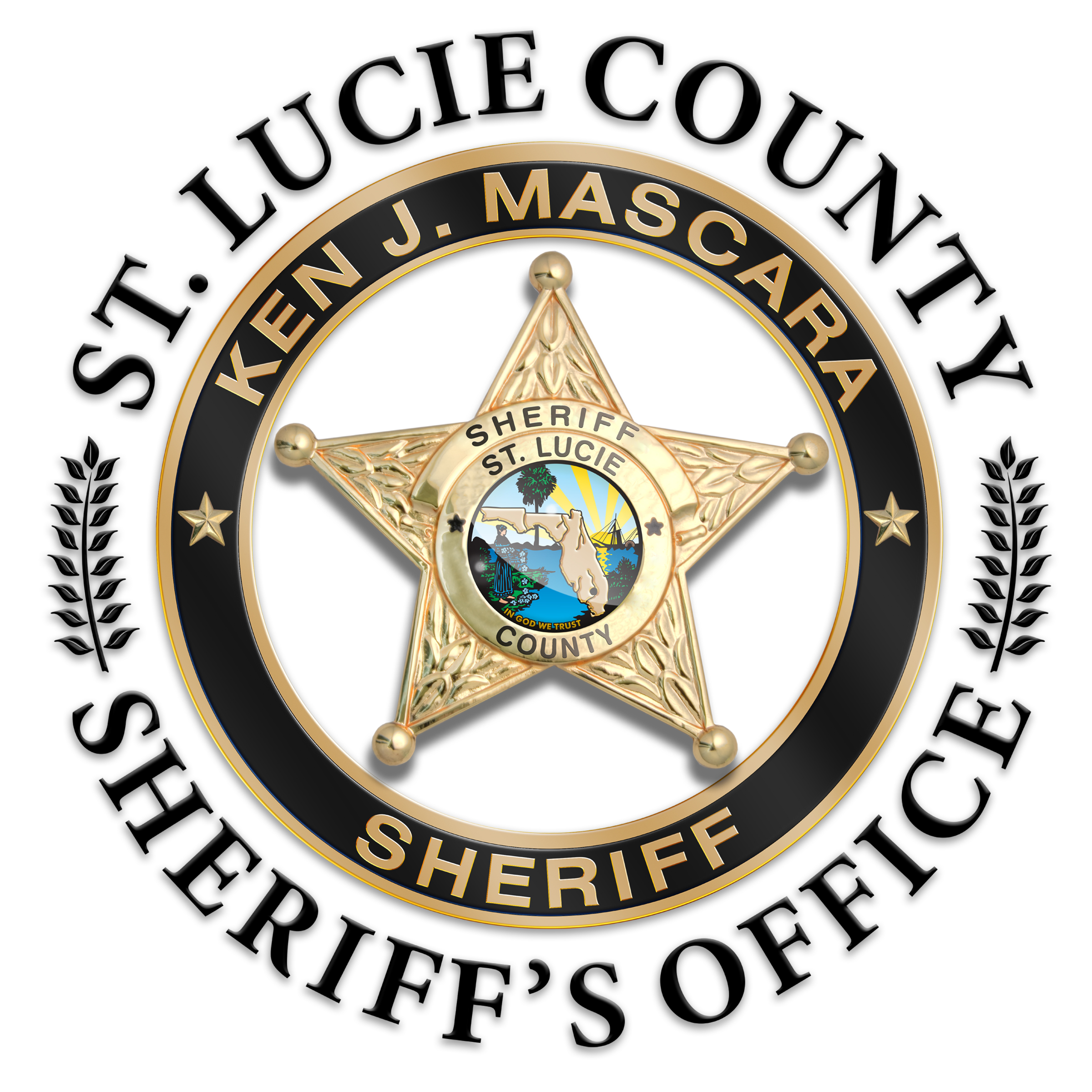Title Page
-
Conducted on
-
Franchisee
-
Market
-
Prepared by
-
Location
General Service Technician Training Program
-
Scoring is “Needs More Attention=1, Satisfactory=2 Excellent=3”
-
Use the comments section for any additional information that would be useful to the employees’ evaluation
-
This Checklist is to be completed by the technician trainer & reviewed with the store manager. Have the technician review each common oil change mistake during training and determine their ability to perform the services correctly. Check off each box once reviewed and completed.
-
Manager
-
Manager
-
Employee Name
-
Technician
-
Technical Field Trainer
-
Franchise Support Manager
Car-X Academy
-
Employee assigned log in and password
-
Employee demonstrates ability to log into Car-X Academy
-
Employee has a Career Path Assigned in Car-X Academy
-
Hazard Communication: GHS Labels & Safety Data Sheets Course Completed
-
Hazard Communications: Your Key to Chemical Safety Course Completed
General Service Checklist
-
Follows company oil change policy every time
-
Ability to verify correct oil filter lookup
-
Ability to perform a proper oil change service
-
Ability to identify worn belts and hoses
-
Ability to R&R typical belts & hoses
-
Ability to replace wiper blades
-
Ability to replace an air filter / cabin air filter
-
Ability to perform a cooling system Flush & Fill
-
Can identify and suggest transmission fluid flush service
-
Uses the fluid guide to verify the correct transmission fluid
-
Ability to perform a transmission flush & fill
-
Ability to perform basic scheduled maintenance
-
Understands brake strip testing
-
Can identify contaminated brake fluid
-
Ability to perform a brake fluid flush
-
Ability to perform a power steering flush
-
Has an understanding of basic scan tool usage
-
Ability to conduct battery, starting, charging system test
-
Ability to change battery & maintain keep alive vehicle memory
-
Ability to replace headlights / other lighting
-
Uses MAP Guidelines correctly
-
Understands basic tire terminology
-
Can read a tire depth gauge
-
Knows where to find a vehicles tire inflation placard
-
Knows proper tire rotation patterns
-
Knows preferred new tire placement
-
Can mount & dismount a tire with & without TPMS sensors
-
Can identify the correct wheel weight based on rim design
-
Can use the tire balancer
-
Follows company policy on wheel torque procedures every time
-
Can locate a tire leak & repair it properly
-
Understands tire chalking
-
Understands rules regarding tire repair
-
Understands TPMS & can use the TPMS tool
-
Ability to read alignment wear on tires
-
Ability to Check Steering & Suspension
-
Ability to use the alignment equipment proficiently
-
Ability to perform a typical alignment
-
Ability to conduct a complete drive line inspection
-
Ability to properly inspect exhaust systems / converters
-
Ability to identify worn motor & transmission mounts
Operations Checklist
-
Demonstrate the ability to dress appropriately for work / Understands the expectations for technician appearance
-
Demonstrate the ability to be a TEAM member
-
Demonstrate the ability to arrive for work on time, be dependable
-
Demonstrate the ability to respond appropriately to supervision
-
Demonstrate the ability to follow directions and complete tasks with minimum supervision
-
Demonstrate the ability to ask for clarification when further information is required
-
Demonstrate the ability to share information and explain procedures to another person both orally and in writing
-
Demonstrate the ability to take initiative
-
Demonstrates that they genuinely care for the guest
-
Demonstrates the ability to work as a member of a team
-
Demonstrate the ability to access and use information from manuals, computers & work orders
-
Demonstrates knowledge and procedures to work safely. Uses proper safety equipment & wears safety glasses continuously
-
Demonstrate the ability to stay on task
-
Knows and understands what TRUST means.
-
Understands Fire safety rules
-
Understands SDS and where the SDS information is located
-
Understands how repair work is delegated / technician rotation
-
Uses floor mats & seat covers
-
Ability to perform the Courtesy Inspection
-
Understands our Customer/Guest approach / Add-on Selling Policy/Suggested Maintenance Plan
7 Common Oil Change Mistakes That Could Cost You
-
Today’s vehicles have become very complicated. Changing the engine oil is one of the most common services, but even that’s not as simple as it used to be. One simple oil change mistake can damage an engine and cost the shop thousands of dollars in repair or replacement costs. The following is a list of the most common oil change mistakes we see coming back to the shop.
Have the technician review each common oil change mistake during training and determine their ability to perform the services correctly. Check off each box once reviewed and completed.
Common Oil Change Mistakes #1: Using the Wrong Oil
-
Oil Change Tip: Make sure you are using the proper grade of oil that meets or exceeds the vehicle manufactures specification for your vehicle’s engine.
-
Have the technician review each common oil change mistake during training and determine their ability to perform the services correctly. Check off each box once reviewed and completed.
Common Oil Change Mistakes #2: Using The Wrong Filter
-
Oil Change Tip: Make sure your giving your manager all the information they need to verify your proper filter. Watch the specific engine, model, and year. Use VIN or VECI decal for the year, not the work order.
-
Have the technician review each common oil change mistake during training and determine their ability to perform the services correctly. Check off each box once reviewed and completed.
Common Oil Change Mistakes #3: The Missing Oil Cap
-
Oil Change Tip: When you remove the oil cap set it on the hood latch. This will prevent the hood from closing if you forget to reinstall it on the engine. It may get broken if you slam the hood on it, but it’s better to replace an oil cap than an engine.
-
Have the technician review each common oil change mistake during training and determine their ability to perform the services correctly. Check off each box once reviewed and completed.
Common Oil Change Mistakes #4: Over or Under Filling The Oil
-
Oil Change Tip: Always fill your oil to the proper level. Use the buddy system to check oil level.
-
Have the technician review each common oil change mistake during training and determine their ability to perform the services correctly. Check off each box once reviewed and completed.
Common Oil Change Mistakes #5: Reusing The Old Gasket
-
Oil Change Tip: Never reuse drain plug gaskets or oil filter cartridge O-rings.
-
Have the technician review each common oil change mistake during training and determine their ability to perform the services correctly. Check off each box once reviewed and completed.
Common Oil Change Mistakes #6: The Missing Drain Plug
-
Oil Change Tip: Use a torque wrench, make sure that drain plug is tightened correctly. Suggest Using Cross Check Torque Seal compound.
-
Have the technician review each common oil change mistake during training and determine their ability to perform the services correctly. Check off each box once reviewed and completed.
Common Oil Change Mistakes #7: The Dreaded Double Gasket
-
Oil Change Tip: When you remove the oil filter make sure you know where the old gasket is. Check the filter housing, make sure it is clean and the old gaskets not stuck to it.
-
Have the technician review each common oil change mistake during training and determine their ability to perform the services correctly. Check off each box once reviewed and completed.
-
General Service Technician
-
Comments:
-
Image
-
Store Manager
-
Trainer












